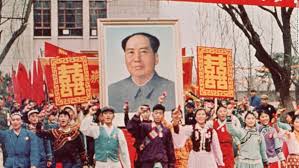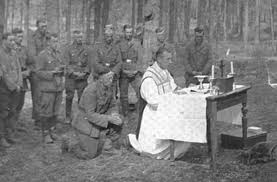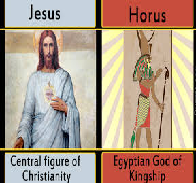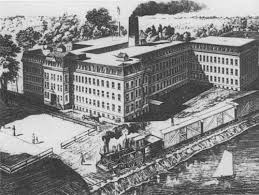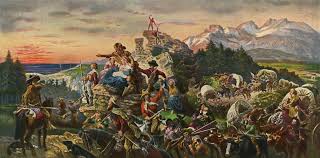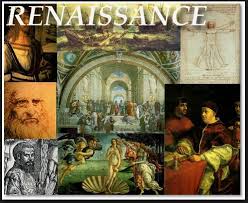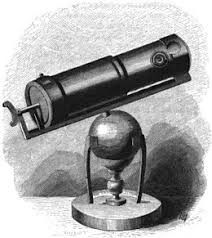
Log and Reflection Part B: Historical Social and Technical Knowledge
Order Instructions:
Just do part B & C do not include part A
SAMPLE ANSWER
Historical, Social and Technical Knowledge
Log and Reflection (MUS207)
Part B: Historical, Social and Technical Knowledge
There exist a number of music genres that people play using their guitar as one of their accompaniments. Different people have favorite music genres they listen to and would recommend to their friends. Personally, I love blues and RnBs. I have always used this category of songs to aid my guitar practice. Songs usually have a history of their evolution. For instance, the blues genre is categorized differently such as delta and electric. These subgenres develop as new singers embrace slight changes or deviate slightly from the original version of the song. These variations as well result from variation of styles in instrumentations. The different tones of guitar contribute to the noticeable differences in these songs. Blues trace their roots from African American communities that used to live in Deep South in the 19th century (Govenar, 2008). Folk and spiritual works and chants from the European influenced this genre (Coelho, 2003).
Most blues are about love and relationships. They, therefore, trigger emotions from those people that listen to them. The variations of the tone and melodies on a guitar add pleasure and texture in the songs. I have listened to various songs in this genre by different artists and on various topics. However, when it comes to my guitar training, I prefer to train with James Blunt songs. These songs are so personal and use instrumentals such as guitar. I admire the way the songs’ melodies are organized that make them sound emotional.
At the training place, I normally use a number of songs from these artists. One of the songs is ‘Stay the night’ composed by James Blunt. The song is in his third studio album named ‘Some kind of trouble’. This song was released as a single in 2010 and became one of the hit songs in Austria media (Blunt, 2014). It has as well performed in the ARIA charts since 2005 ranking among the best ten songs.
The other song I used to train with in my guitar session is ‘You’re beautiful’ also written by James Blunt in collaboration with Amanda Ghost and Bacha Skarbek. The singer was James Blunt and this was one of the songs in the 2004 album named ‘Back to Bedlam’. It is the third single song that was released from the album in the year 2005. The song has received global airplay in many television and radio stations. It as well won the Ivor Novello Award for its airplay in 2006.
The third song is ‘Goodbye my lover,’ that was released in 2005. James Blunt sang the song and it is in the album, ‘Back to Bedlam’. The song is very emotional as it is about a love relationship gone sour. Handling separation is an awful experience that James exemplifies through the song.
All these three songs are calm and emotional. They are accompanied by guitar as one of the instrumentals that makes the sounds and the tunes. The sounds vary from low, medium, and high pitches. These moderations and variations add aura on the listening experience. Therefore, I use these songs as I practice to play and follow various guitar principles during my training session.
During this training, I was able to learn various aspects about guitar. A guitar can be fine-tuned to produce various sounds such as bass, soprano, and can as well blend these sounds to reduce a customized rhythm. There are various forms of guitar and they continue to evolve. New types of guitar that are more advanced are produced to enhance their sounds and melody. Nowadays, there are guitars that use power transformation from the traditional types manually operated.
When playing a guitar, you have to understand the techniques, patterns, rhythms, and notes that fit a specific song rhythm. Songs have different rhythms and require specific guitar notes. Before playing, the guitar is tuned to an open chord such as G or E major. An individual uses hands or metal objects to tangle strings that produce sound.
Training allowed me to learn about picking style exemplified in slide and fretted guitar styles. To produce a rhythm, the guitar is thumped out continuously on bass notes on its lower strings. This can be repeated on upper strings, which produce chords; melodic riffs and fills making a song come out clearly. Chords are played by slides that move from one point to another. These chords in such songs have minor triads, major, and dominant 7th chords (Chappell, 2014). The songs use blue scale in melodies as well as in their composition. Therefore, listening to these songs enabled me to acquire more knowledge on how to play a guitar. I noticed how the melodies kept on changing as the players continued to make slides using their thumbs. Listening gave me confidence and tricks in understanding the notes and adjustment procedures.
The log
This practice session was a wonderful experience for me. It gave me an opportunity to utilize my time well. The training took a duration of four days. Every training day, I learnt a lot about the guitar. I used my diary to record the session and all that I experienced at the training. I used to practice in the evening after the afternoon classes. The training session begun at 5 pm and lasted from 2 hours until 7 pm. This training was conducted at my friends’ places. Sometimes they used to come at our home to help me learn the guitar.
The first day, I learned about parts and functions of guitar and how to adjust it to produce different melodies. This was not a difficult task as it took me 20 minutes to know how to set a guitar. I also learned about various keys such as E and G factors and fine-tuning them. The second day, I listened to the first song, ‘Stay the night’ to identify the various types of guitar tones and how it produced the various melodies. I managed to learn how to play the guitar the way the song played in the DVD.
The third day, I listened to my second favorite song, ‘You’re beautiful’ and used the melodies and the skills gained to play the song. The fourth day, I listened to the third favorite song, ‘Goodbye my lover’ and as well practiced it. In the last one hour, I went through all the songs and played guitar along with them. I realized that I had learned guitar-playing skills. My colleagues congratulated me for being a quick learner and surprising them for the level of perfection I exhibited once I held the guitar in my hands. I realized that I could be one of the best guitar players when I develop interest in the same. I believe that in future, I will also sing songs and play guitar just the way my best artist, James Blunt, did.
References
Blunt, J. (2014). ‘Stay The Night’ (in German). ORF. Retrieved 7 September 2014.
Chappell, J. (2014). How to get the blues sound. Retrieved from: http://www.dummies.com/how-to/content/how-to-get-the-blues-sound.seriesId-105965.html
Coelho, V. (2003). The Cambridge companion to the guitar, Cambridge: Cambridge University Press.
Govenar, B. (2008). Texas Blues: The Rise of a Contemporary Sound; Texas A&M University Press.
Komara, M. (2006). Encyclopedia of the blues; Routledge
We can write this or a similar paper for you! Simply fill the order form!




